Agronomy: Lodged Wheat: The Double-Crop Nightmare
To say that Southern Illinois has been blessed with rain this spring is an understatement. Here at our farm we have had over 9 inches of rain from April 1 until June 10. And that rain has also come with some storms. Those storms along with a fast-growing wheat crop and late-season nitrogen applications have come combined to give us something we don’t want—lodging. Lodging is a term used to describe wheat that has fallen down flat or has leaned over and rests against the plants next to it. Those plants resting against each other have a domino effect. There [...]
Plant and Soil Health: Value of Soybean Tissue Testing for Phosphorus and Potassium
BackgroundSoil testing is a useful and commonly used diagnostic tool for making phosphorus (P) and potassium (K) fertilization decisions. Tissue testing has been suggested for decades as another tool for these and other nutrients. However, tissue testing has not been widely implemented for P or K in Iowa or the North Central region because of inconclusive results from limited field calibration research based on crop yield response. Iowa State University (ISU) has no P or K tissue test interpretations for any crop. Therefore, research was conducted to evaluate the value of tissue testing for P and K in soybean. Summary [...]
Insect Management: Early Scouting for Disease and Insects
Growers or their agronomists should start scouting fields beginning with emergence and assessing plant stands and early weed emergence and identification in May. In doing this inspection, we may see the first signs of insects and diseases. By June 20, most soybeans are at R1 – early bloom, even though they will continue vegetative development. Some of the early season’s diseases and insect pests to look for include Septoria brown spot, Japanese beetle and bean leaf beetle. Bean Leaf Beetle: Bean leaf beetles are an early and late season pest. Early planted soybeans—especially the first fields to emerge in an [...]
Agronomy: What big data might mean for soybean productivity
Big data gives you the ability to capture information you can use to make decisions that improve the yield and profitability of your soybean crop. Success in soybean production today is becoming increasingly dependent upon data—data about varieties to choose, data about pest management under your production system, data about inputs, data about yield---all types of data that can be used to guide decisions before, during and after the growing season. With the technology tools available to farmers today, it is easy to collect lots of data for each field each season. Taking advantage of that data is part of [...]
Weed Management: Postemergence Options to Control Waterhemp in Soybean
Waterhemp continues to be one of the most widespread and troublesome broadleaf weed species with which Illinois farmers must contend. Factors related to the species’ biology, such as prolonged germination and emergence, obligate outcrossing, and high seed production, contribute to management challenges. The evolution of herbicide resistance in Illinois waterhemp populations adds another very challenging obstacle for effective management. Recently, many have sent questions and concerns regarding the inability to control waterhemp with various postemergence soybean herbicides. A description of herbicide resistance in Illinois waterhemp populations, along with postemergence herbicide options to control waterhemp, follows. Prior to the evolution of [...]
Disease Management: 2016 Forecast for Sudden Death Syndrome in Early Planted Soybeans
Many are all too aware of Sudden Death Syndrome (SDS). We usually don’t worry about this disease until later in the season, when we can see yellow patches out in the soybean field from the truck window. In reality, this disease could be lurking in your soybean field now as thick-walled, fungal survival structures and infecting your soybean seedlings as you read this. 2014 will forever be known in Illinois as one of the worst years for Sudden Death Syndrome infection of soybeans. That’s because early in the season during the soybean vegetative growth stages, soil conditions were cool, wet [...]
Agronomy: When Do Soybeans Start to Flower?
Dan Arkels, 100-bushel Yield Challenge winner in 2014, planted his Yield Challenge entry April 17, 2016. These plots are already flowering. It might seem sort of early for soybeans to flower considering that we normally attribute the start of flowering to the timing of the summer solstice on June 21. Soybeans actually start flowering 7 to 10 days before summer solstice—just a couple flowers—but it starts early and if you have a watchful eye you can see it. Therefore, when planting early, it makes sense that a few soybean flowers show up on these plants. Kip Cullers (remember he set [...]
Agronomy: Improve Control of Giant Ragweed with New ‘Focus on Soybean’ Webcast
Giant ragweed, if left unchecked, will compete with slower growing soybean plants for critical resources and can significantly reduce yield, with losses reaching as high as 30-90 percent in soybean field trials. The Plant Management Network (PMN) has released a new presentation entitled “Herbicide Resistance in Giant Ragweed” for growers, crop consultants, and extension agents discussing the biological characteristics that make giant ragweed problematic in soybean production and how its increased resistance to herbicide impacts potential control strategies. The webcast, developed by Bill Johnson, Professor of Weed Science at Purdue University, chronicles giant ragweed’s increasing resistance to herbicide varieties [...]
Podcast: Bioreactors
University of Illinois Assistant Professor of Water Quality, Laura Christianson, Ph.D., goes in-depth on bioreactors. Bioreactors are an edge-of-field filtration system that reduce the nitrate levels in water flowing out of fields and into waterways. Christianson says bioreactors have the potential to be one of the most effective tools for farmers looking for ways to reduce nutrient runoff. Launch audio >>>
Disease Management: Could this be the year for Asian Soybean Rust?
We have never had a major breakout of Asian Soybean Rust (ASR) in the United States. Sure, it has been spotted numerous times on kudzu, its overwintering host, and it has been found on occasion in soybeans—but there never was an epidemic. It may have something to do with the fact that the ASR spores haven’t adapted well to our North American climate’s cold winters and hot summers. Those of you who know me might be thinking that “Could this be the year?” is referring to the Cubs and whether they will make the postseason playoffs. While I have some excitement [...]

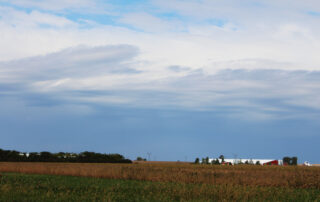
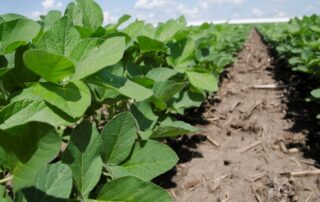
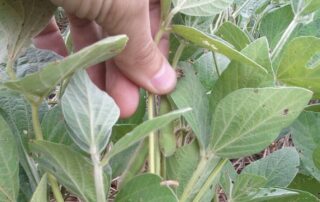
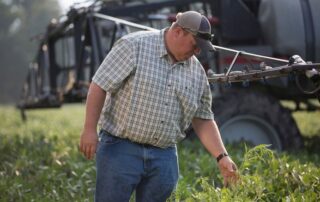
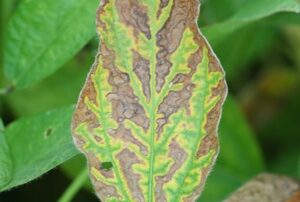
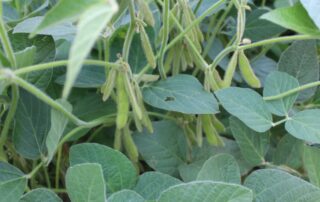
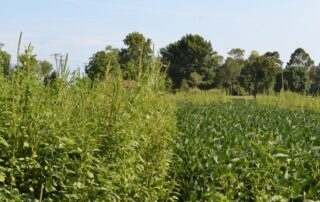
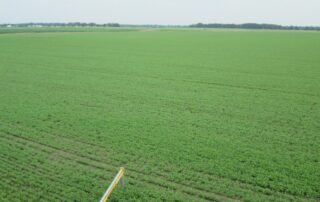
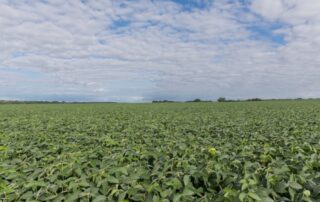

 and then
and then